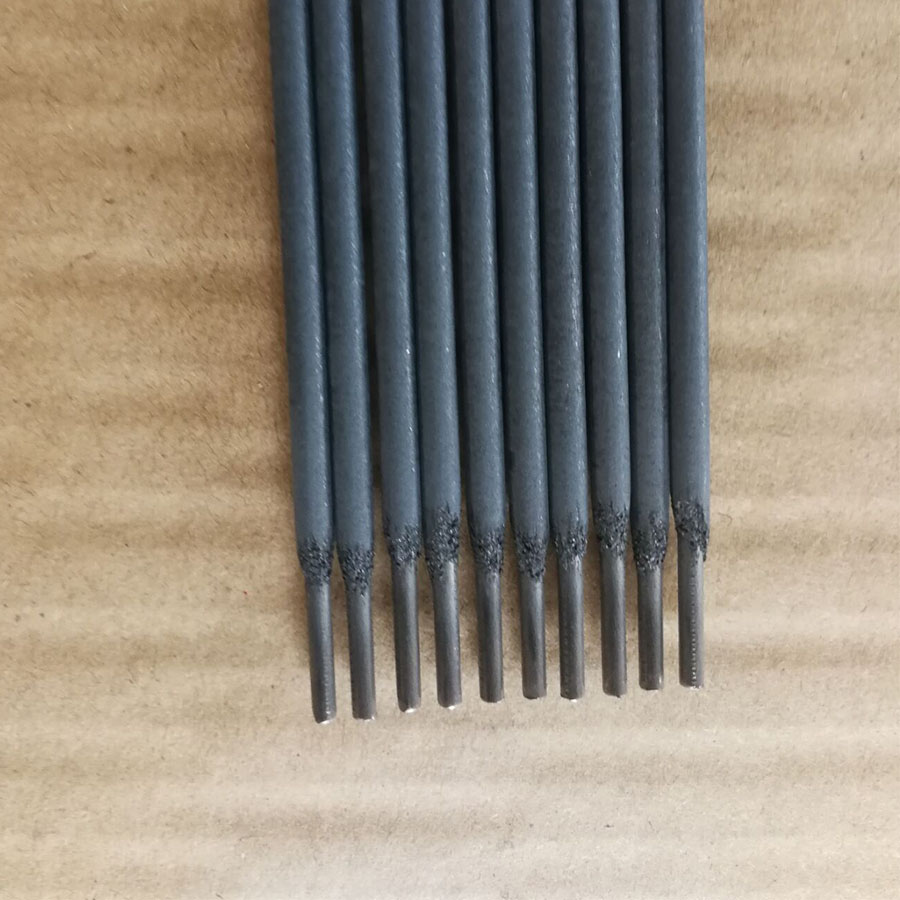Exploring the Benefits and Applications of 1.2mm MIG Welding Wire for Optimal Performance
Understanding MIG Welding Wire 1.2mm An Essential Component for Quality Welds
MIG (Metal Inert Gas) welding is a widely used welding process, renowned for its efficiency, versatility, and ease of use. One of the critical elements that influences the quality of a MIG weld is the welding wire itself. Among the various sizes available, 1.2mm MIG welding wire is particularly popular in both professional and hobbyist circles for a multitude of reasons.
What is MIG Welding Wire?
MIG welding wire is a continuous solid wire that serves as the filler material during the welding process. During MIG welding, this wire is fed through a welding gun and melted by an electric arc between the wire and the workpiece. The resulting molten metal then combines with the base materials to form a strong joint. This process is often favored for its ability to produce high-quality welds in a variety of materials including steel, stainless steel, and aluminum.
The Significance of Wire Diameter
The diameter of the wire significantly impacts the welding process. Choosing the right thickness of the MIG wire is crucial for achieving optimal results. The 1.2mm diameter wire is often considered a good balance for various applications. It is thick enough to provide adequate strength and heat transfer, but still manageable enough to allow for control and precision during the welding process.
Applications of 1.2mm MIG Wire
1. Structural Fabrication In industries that involve the fabrication of structural components—like construction, automotive, and manufacturing—1.2mm MIG wire is frequently used. It can create strong, durable welds that are essential for structural integrity.
2. General Repair Work For repair technicians and welders, the 1.2mm wire offers versatility that allows it to work well on a variety of metals. This makes it an excellent choice for repair work on machinery, vehicles, and other equipment.
mig wire 1.2mm

3. Artistic Welding Sculptors and artists using metal often turn to 1.2mm MIG wire for creating intricate designs. Its manageable size allows for precision work that can bring creative visions to life.
Advantages of Using 1.2mm Wire
1. Versatility The 1.2mm wire is suitable for a range of welding positions—flat, horizontal, vertical, and overhead. This adds to its utility in different projects. 2. Speed and Efficiency Welders find that the larger diameter of 1.2mm wire allows for faster deposition rates compared to thinner wires. This is particularly advantageous in projects requiring quick turnaround times.
3. Reduced Spatter Many manufacturers produce 1.2mm MIG wire with coatings designed to minimize spatter during the welding process. Reduced spatter leads to less post-weld clean-up, saving time and effort.
Choosing the Right MIG Wire
When selecting MIG wire, it is also essential to consider the material type, shielding gas, and specific application. For example, carbon steel typically requires a different alloying composition compared to stainless steel. Additionally, proper adjustment of voltage and wire feed speed is crucial to ensure the best performance, regardless of wire diameter.
Conclusion
In conclusion, 1.2mm MIG welding wire is an essential tool in the welder's arsenal. Its versatility, efficiency, and ability to produce high-quality welds make it a favored choice across multiple industries and applications. Whether you are engaged in structural fabrication, repair work, or artistic metalworking, understanding and utilizing the right MIG wire can significantly enhance the quality of your welds and overall project outcomes. As MIG welding continues to evolve with advances in technology, the importance of selecting the appropriate wire diameter remains a foundational aspect of successful welding.
-
E316L Welding Rod: Premium 316L Stainless Steel WeldsNewsAug.11,2025
-
Premium SG2 Welding Wire | High-Quality MIG/MAG for SteelNewsAug.10,2025
-
E309 Welding Electrode: Premium Stainless Steel Stick RodsNewsAug.09,2025
-
Premium Solid MIG Wire for Strong, Reliable WeldsNewsAug.08,2025
-
E6010 Cellulose Electrode: Deep Penetration Steel Welding RodNewsAug.07,2025
-
Premium E316L Welding Rod for 316L Stainless SteelNewsAug.06,2025


